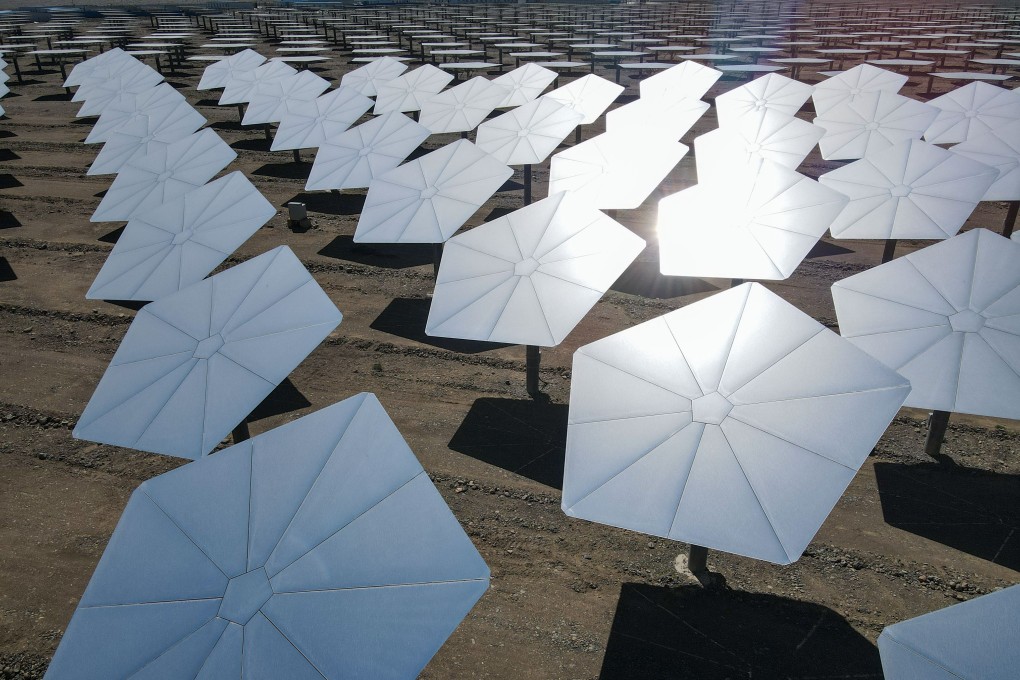Advertisement
China’s first exchange-traded fund for carbon credit futures debuts on Hong Kong’s stock exchange
- The CICC Carbon Futures ETF debuted on Hong Kong’s stock exchange on Wednesday
- It invests in the futures contracts of carbon emission permits traded in the European Union
Reading Time:2 minutes
Why you can trust SCMP

The Hong Kong asset management arm of China International Capital Corporation, one of the nation’s largest investment banks, has launched the first carbon credit exchange traded fund (ETF) in China.
The CICC Carbon Futures ETF, launched by CICC HKAM, debuted on Hong Kong’s stock exchange on Wednesday. It invests in the futures contracts of carbon emission permits traded in the European Union.
These contracts are traded on the Intercontinental Exchange (ICE) in the United States, which has a 90 per cent share of the global carbon futures market, Lin Ning, managing director of CICC HKAM, told reporters on Wednesday.
Advertisement
The ETF product tracks the ICE EU allowance carbon futures index, which generated an annualised return of 41.5 per cent in the past eight years.
“The index exhibits low correlation with other asset classes and hence is an excellent choice to deliver portfolio diversification,” Lin said. “It is also the most actively traded carbon futures [market] globally, offering investors liquidity, transparency and convenience.”
Advertisement
The carbon futures ETF closed on the first trading day 2.6 per cent higher at HK$70.08. Some HK$1.7 million of trading volume was recorded.
Advertisement
Select Voice
Choose your listening speed
Get through articles 2x faster
1.25x
250 WPM
Slow
Average
Fast
1.25x
